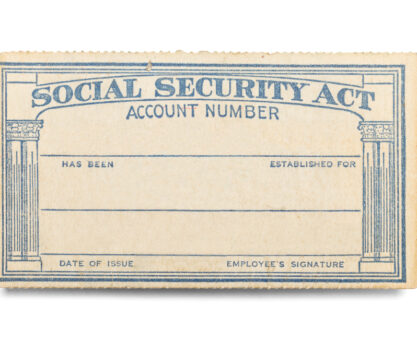The amount of taxes you pay in retirement can come as a shock if you’re not prepared. You may assume that because you are no longer working, your income will be lower. But oftentimes, retirees experience the opposite, which leads to an unexpected tax bomb. Coordinating your income streams and establishing a tax management strategy can help you keep more of your hard-earned money in your pocket.
One popular tax management strategy is a Roth conversion. Should you choose to roll a portion of your traditional TSP to a Roth account, you’ll pay taxes on that amount at your current marginal rate. Your marginal rate is the amount of tax you would owe on your next dollar earned, meaning if your income puts you in the 22% tax bracket, you would pay 22% on the amount converted to a Roth account. So, if you are expecting a raise or additional income that could bump you to a higher tax bracket, doing the conversion while you’re still in the lower bracket would be advisable.
Estimating your income in your first year of retirement can help you avoid being blindsided by your tax bill. You should get an estimate of your annuity, then add in your lump sum annual leave pay, your retirement supplement or Social Security, and any distributions you might be planning on taking from your traditional TSP. If all of that adds up to a hefty payday for Uncle Sam, you might want to delay filing for Social Security or hold off on taking a TSP distribution, especially if it’s for a big-ticket item that can wait until next year.
Federal employees who meet the continuity requirement can carry their FEHB coverage into retirement. This means you might not choose to enroll in Medicare, but if you do, know that the premiums are based on your income two years prior. Again, if you are planning on taking a large distribution from your traditional TSP or expecting another source of income, beware that this could raise your premium and take more money out of your pocket.
The IRS mandates that you begin taking Required Minimum Distributions from your traditional retirement accounts when you turn 73 or 75 (depending on your birth year). As the name implies, you have to take these distributions, and the amount you must take is calculated by the IRS. If you haven’t taken steps to draw down your traditional TSP balance or convert a healthy amount to a Roth account (which doesn’t have RMDs), you could be facing a sizable withdrawal that’s fully taxable.
A solid retirement plan can help you minimize your tax burden in retirement. Reach out to a certified Federal Retirement Consultant® who can develop a tax management strategy that protects your nest egg.



























